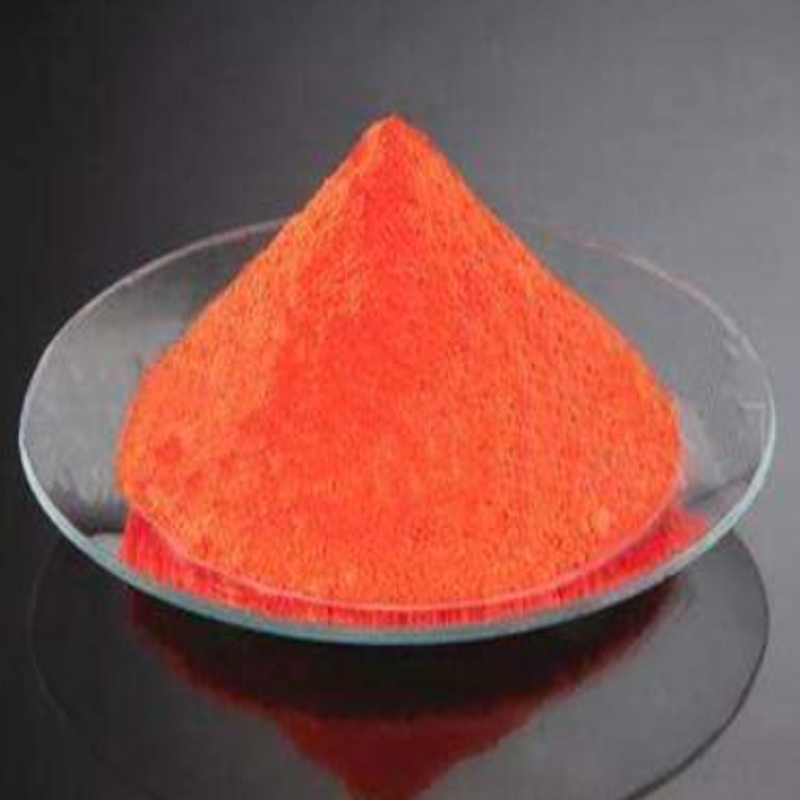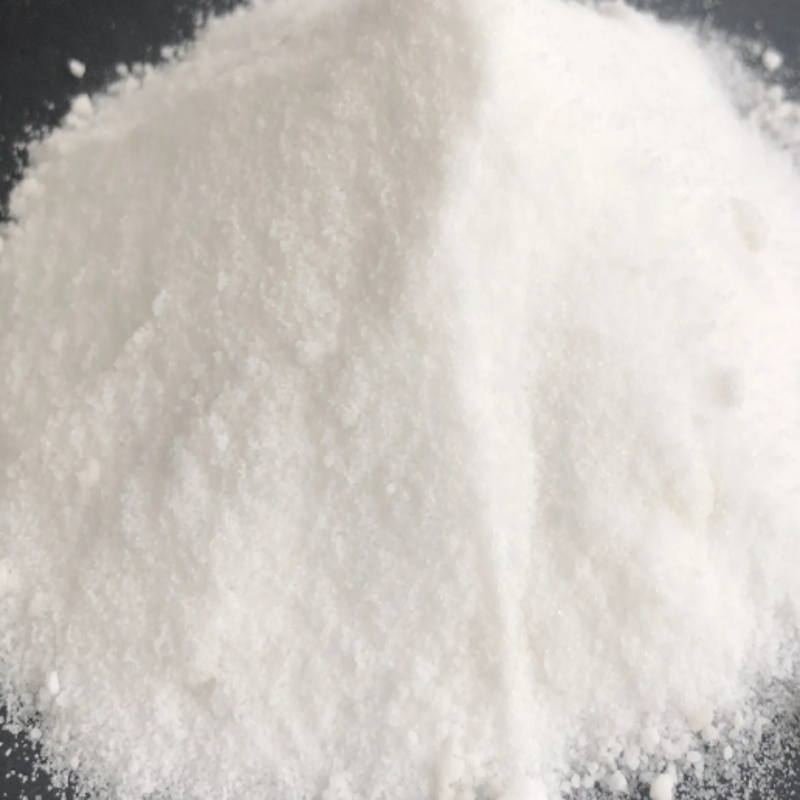-
Categories
-
Pharmaceutical Intermediates
-
Active Pharmaceutical Ingredients
-
Food Additives
- Industrial Coatings
- Agrochemicals
- Dyes and Pigments
- Surfactant
- Flavors and Fragrances
- Chemical Reagents
- Catalyst and Auxiliary
- Natural Products
- Inorganic Chemistry
-
Organic Chemistry
-
Biochemical Engineering
- Analytical Chemistry
-
Cosmetic Ingredient
- Water Treatment Chemical
-
Pharmaceutical Intermediates
Promotion
ECHEMI Mall
Wholesale
Weekly Price
Exhibition
News
-
Trade Service
Histoprotein acetylation at the remnants of N-end lysine is a common post-translation modification that plays a vital role in transcription regulation and contributes to other biological processes such as DNA repair and replication.
protein interaction domain BRY (Bromodomain) is able to identify and bind to the above-mentioned lysine acetylase sequence, which in turn affects transcription.
beTAT (BRD and extra-terminal) protein family as an oscic genetically related reader that drives carcinogenic effects and chemotherapy resistance.
, a variety of tumor types, including midline cancer (NUT carcinoma, NC) and diffuse large B-cell lymphoma (DLBCL), are particularly sensitive to the inhibition of BET.
RO6870810 is a new type of small molecule non-co-priced BET protein inhibitor.
previous studies have shown that RO6870810 is highly affinity for BRD lysine acetylation identification pockets in the BET protein family (BRD4, BRD3, BRD2 and BRDT).
the pharmacodynamic characteristics of RO6870810 This study, based on the phase 1 study of RO6870810, evaluated the safety, pharmacodynamics (PK), pharmacodynamics and clinical activity of RO6870810 in solid tumor patients.
in the RO6870810 Phase 1 study, the researchers treated patients with NC, other solid tumors, or DLBCL with 28 or 21 days of one-day treatment for 21 or 14 consecutive days of sethesic injections.
of target lesions revealed changes from baseline to optimal response showed that fatigue (42 percent), decreased appetite (35 percent) and injection site erythema (35 percent) were the most common treatment-related adverse events.
the dose range tested, the pharmacodynamic parameters are shown to be linear and support daily dosage.
pharmacological evaluation showed that the expression level of CD11b in the monocytes of outer blood continued to decrease.
the objective remission rates of NC, other solid tumors and DLBCL patients were 25% (2/8), 2% (1/47) and 11% (2/19), respectively.
, the results determined the safety of the drug RO6870810, favorable pharmacodynamics, and preliminary single-drug activity.
in patients with NC, other solid tumors, and DLBCL also provides evidence of mechanisms associated with BET inhibition in MYC-driven cancers.
researchers say RO6870810 may be used as a monotherapy and combination therapy drug.
。







